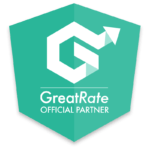FLOORSTAND KIOSK
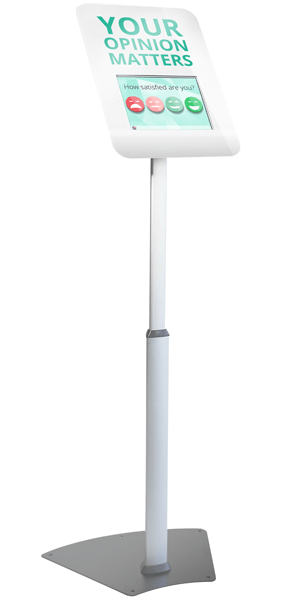
EMAIL SURVEYS
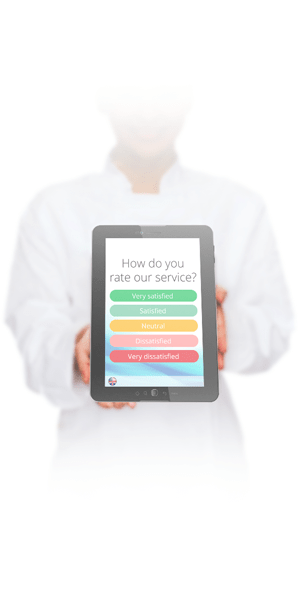
PACKAGE BRANDING
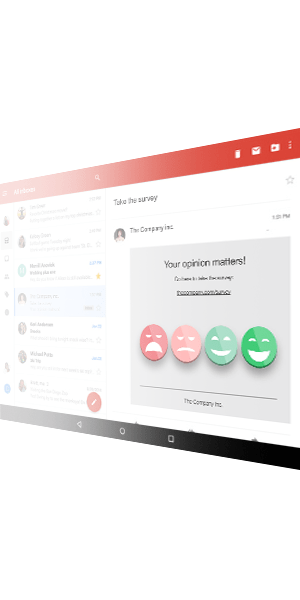
SOCIAL MEDIA
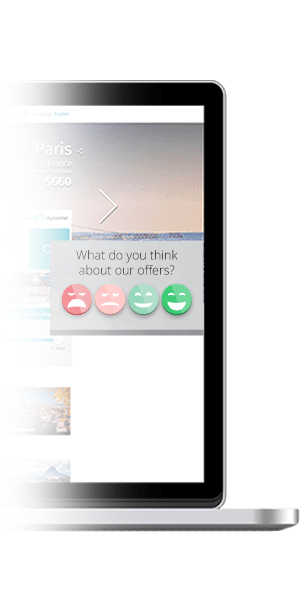


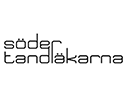


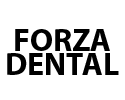



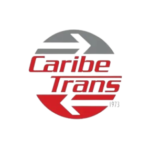


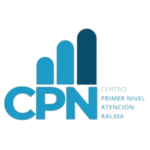




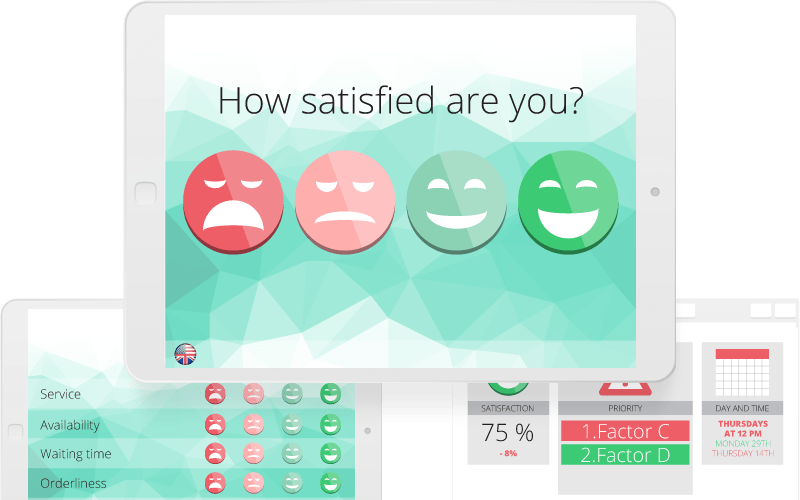
To increase satisfaction and the feeling of safety you need to know why the respondents are happy or not. In eight seconds you get both overall satisfaction and ratings of your chosen factors. Is it for example the service, the waiting time or the participation in the care plan that needs attention?
Show the people that you listen and make continuous improvements – without asking them to take an exhausting survey. The second page is optional to give every respondent a positive survey experience and with this approach you will in average get 50% to give the detailed ratings that are deeply analyzed. Our users state that the Action plan gives you a common goal instead of wasting time on a shattered focus. Together with the possibility to follow the trends for each factor, you have all you need to give your patients a better experience.
Different units, teams or departments can ask their own questions and get specific reports and Action plans. They can also have the same questions but the answers will be registered for each segment and can be viewed separate or as a total.
You can also use a more advanced question logic where a specific question is showed only to the respondents that meet a required pattern of responses. The admin system gives you full control and overview over the different paths.
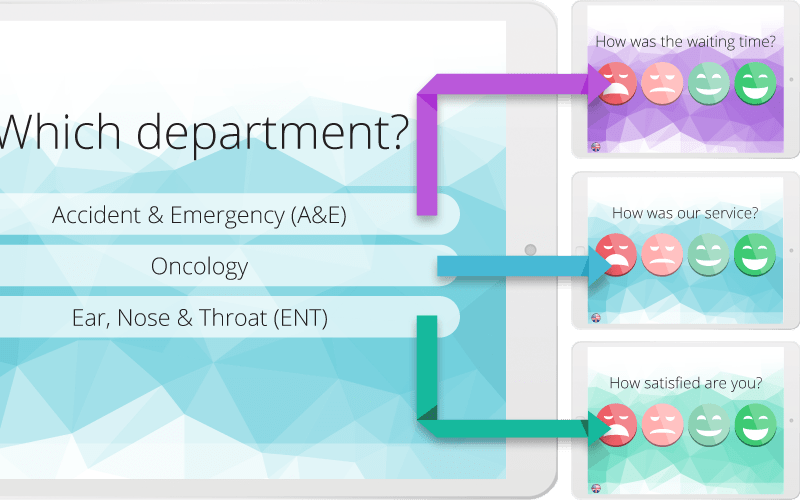
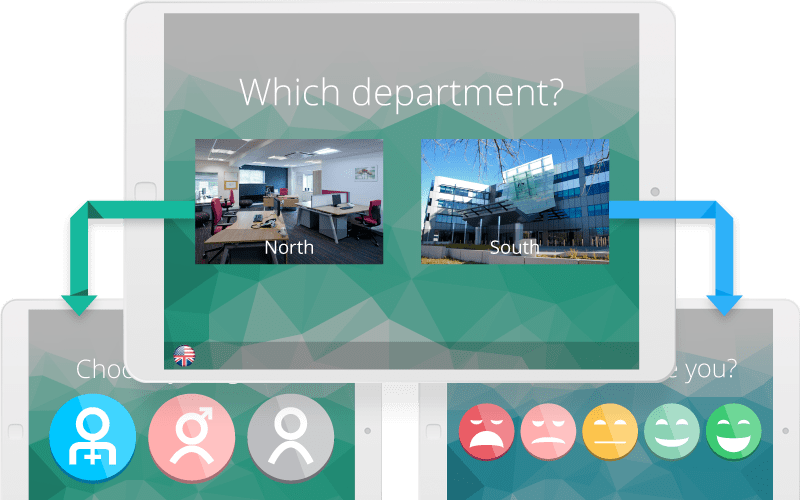
When pictures work better than words use our image question to simplify the language. You can have as many pictures as you want, and the respondent can either choose one or a specific number.
You can upload any picture in your image library and use them in your surveys. You can even set a value to each answer and use it as a rating with stars, temperature or something that fits your purpose.
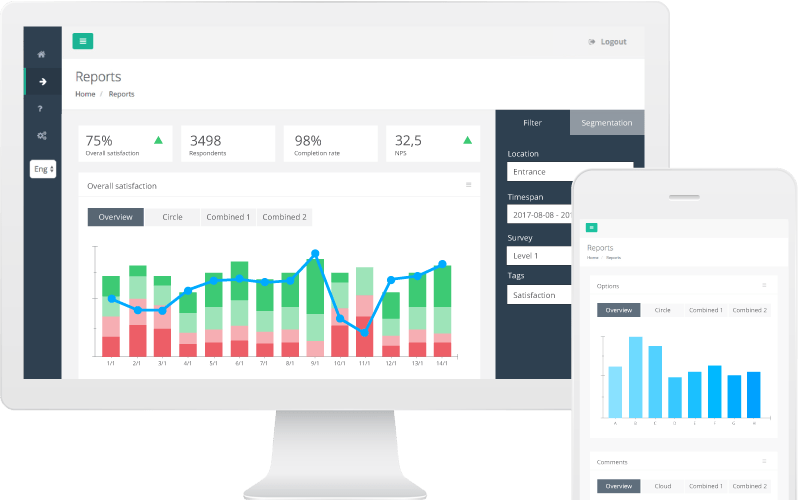
Reach all data instantly in the fast and flexible cloud based admin – wherever you are, on your computer or mobile. Create surveys with ease and use our vast range of charts to view the results.
The segmentation panel lets you pick the correct time span, collection point and survey. You can even use each option in the survey to filter the results. For example you can show answers specifically from dissatisfied respondents. An adaptable hierarchy will work for any team size and the user specific access gives the structure your team needs.
Our reports are perfect to help you with the routine. The automatic action plan gives you a common goal – to focus on what’s extra important right now. And it is presented in a way that is easily understood by each staff member. The action plan is sent at an interval that is synchronized with your meetings and shows the effect of your ongoing improvements. This will quality assure your work with patient satisfaction.
Automatic daily, weekly, monthly and yearly reports can also be used for quick summarizes. The exporting functions are vast, and let’s you segment the results the way you like it. You can also choose between different file types, such as Excel, PDF and CSV depending on if you will present them right away or integrate with other systems.
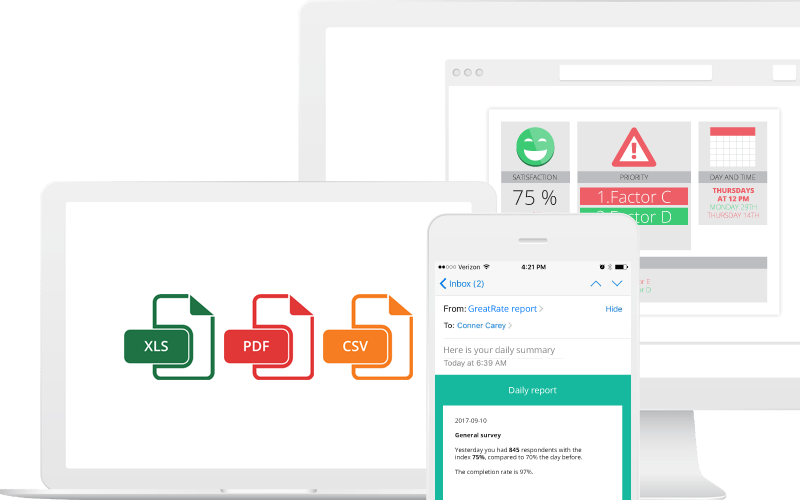
The importance of collecting patient feedback is a central part of quality assurance – learning what the patients feel about their experience lays a foundation for the right improvements. There are many areas in health care that need high quality and standard, for example structure, process and outcome – patient feedback is a motivator for improvements in many of them, not only the quality of service. Therefore it is not surprising that reports show that patient satisfaction goes hand-in-hand with high clinical quality.
In a study of patients’ overall rating and likelihood to recommend a hospital, made in 927 hospitals, satisfaction had strong association with technical performance. Some of the associations are clinical outcomes, impact on length of stay and reduced resource utilization. These benefits are all indicative of the importance of patient feedback collection.
The increasing demand for faster and better information puts traditional surveys in a different light. Alongside more precise feedback, both in terms of speed and understanding, another challenge is how to implement knowledge locally. It all comes down to actual improvements, not just collecting feedback. That is why making the survey experience faster and easier is important, together with the possibility to collect information from the place of the actual visit – to increase participation and ensure fresh opinions.
To get effective improvements, routines and clear reports are vital tools. A combination of smarter feedback collection and more precise reports is a must in today’s health care.









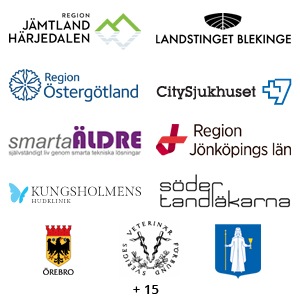
The Swedish health care system is one of the best in the world. It is mainly managed in regions spread out over the entire country. Several of these regions along with private clinics use GreatRate to listen to their patients. Their goal is to identify factors that needs to be improved, but since the system contains so many departments and units traditional surveys have been lacking in pointing out exactly where to take action.
Those regions and clinics use GreatRate for two main purposes:
1. Measure satisfaction level separately in different departments and take action adapted to the local needs.
2. Ensuring lasting positive effects by local in-depth questions and routines.
For these two purposes the floorstand kiosk was chosen to collect the patients feedback
With specific placement and questions departments and units can follow specific groups of respondents, to get better insight on where to take action. Here are three examples of local surveys.
Let’s begin with a dermatology (skin) clinic that continuously follow up an overall question: “How satisfied are you with your visit?” and then gives the respondents the option to go to a second page. The average percentage of patients in this case that are willing to complete the survey is 79%. Since it is optional the survey experience is always good, and compared to a solution with only one question, a GreatRate survey gets much more actionable data. The second page shows five factors that the respondent rates. These are the factors: Information and preparations, Waiting time, I feel listened to, I understand the plan for my care and Staff behavior. The clinic manager uses an Action plan each week, that is automatically emailed as a pdf and easy to communicate to the staff. It points out the factor to improve, and follows up the satisfaction trend. This gives the staff a common goal and ensures high quality in the care.
The next example is from the Pediatric care, where children and their parents visit. They use the same logic, with an overall question on the first page: “How satisfied are you with your visit?” and then a second page with local factors: The planning of my childs’ care, Staff behavior, I felt involved, Clear information and Waiting time. This is also summarized in an Action plan each week to ensure quality. Notice that this example have the factor: “The planning of my childs’ care” and the first example had the factor: “Information and preparations” as local factors.
Another example that stands out is this survey where the floor stand kiosk is placed directly outside of the room where samples are taken. The first question is: “How satisfied are you with the taking of samples?” and the factors on the second optional page are: Gloves and hand sanitizer, Staff behavior, Information and preparations, Waiting time and I feel listened to.
Here are two examples of in-depth surveys adapted entirely for giving detailed knowledge about a specific group of people.
First let’s look at how the psychiatry department work with their results. They have an ongoing survey with basic questions, and in their routine they decide to make in-depth surveys one week per month. Both the basic survey and the in-depth survey have the same amount of questions to ensure the survey experience is always good. The in-depth survey depends on the automatic analysis of the basic survey. This basic survey looks like this. Page one: “How satisfied are you with your visit to this department?”. Page two has these factors: I felt involved, Staff behavior, I got the help I needed and I understand the plan for my care.
– When the Action plan points out for example “I felt involved” as the factor to improve, the in-depth survey is started. Page one: “How involved did you feel during your visit?”. Page two has these factors: I felt understood and respected, We talked about the right things, The therapists’ work method suited me and The conversation tempo. The conclusion makes the team make the correct improvements. Then they go back to the basic survey and repeat the routine with fresh feedback. This completes their ongoing work with maintaining quality and increasing satisfaction.
Secondly let’s look at the rehabilitation unit and how they adapt their surveys. Their basic survey looks like this. Page one: “How satisfied are you with your visit to this department?”. Page two has these factors: The activities suited me, Did the visit matter to the bettering of your health?, Staff behavior, Staff availability and I felt the visit was meaningful.
– In a specific case the Action plan pointed out “The activities suited me” as the factor to improve. They decided to make an in-depth survey. Page one: “How satisfied are you with the activities?”. Page two had these factors: Full day activities on wednesdays, Short activities on thursdays, Standard weekly activities and Garden activities. The right improvement was to change the “Full day activities on wednesdays”, something they wouldn’t have done without collecting feedback and making an in-depth survey.
GreatRate is used in many forms of specific projects. Here we mention a few.
A common goal is to get better understanding of the patients. In patient-centered care the patients involvement in the care plan is a main factor. With this as a focus in-depth surveys about their involvement are made, with the first question: “How satisfied are you with your care plan?”. The factors on page two are: I have participated in discussion regarding the care plan, I have the possibility to tell what I want about myself, I can be a part of deciding the goals of my care and I know what I can do myself to get closer to the goal.
At several regions a project called “Correct applied competence” is meant to make sure new knowledge and technologies are being used in the best way possible. When using GreatRate the staff are the ones giving feedback. They rate the workday and then factors in relation to their competence: The tasks suited my profession, I have cooperated with my profession, Communication in the team and Teamwork. The analysis then points out which factor to improve.
The staff in some parts of the Swedish health care system also rates parts of their own tasks. For example how well it worked to perform the bedside report. They rate the overall impression and the following factors: The patient was involved in the report, The time frame was kept and I had enough information. The analysis then shows if there is any factor that prevents the staff to do a good job.
Another interesting project is called “Smart Elderly”. The goal is to use technology to improve the elderlys’ lives. GreatRate is their main tool to collect feedback and an unusual survey was made, with the aim to find in which area of theirs lives they would benefit the most emotionally to be technologically helped. These factors were analyzed: Personal care, Movement, Reminders and alarms, Home care and Communication/social life. We are happy to present the conclusion: The elderly are most emotionally positive to be technologically helped in Communication/social life.
